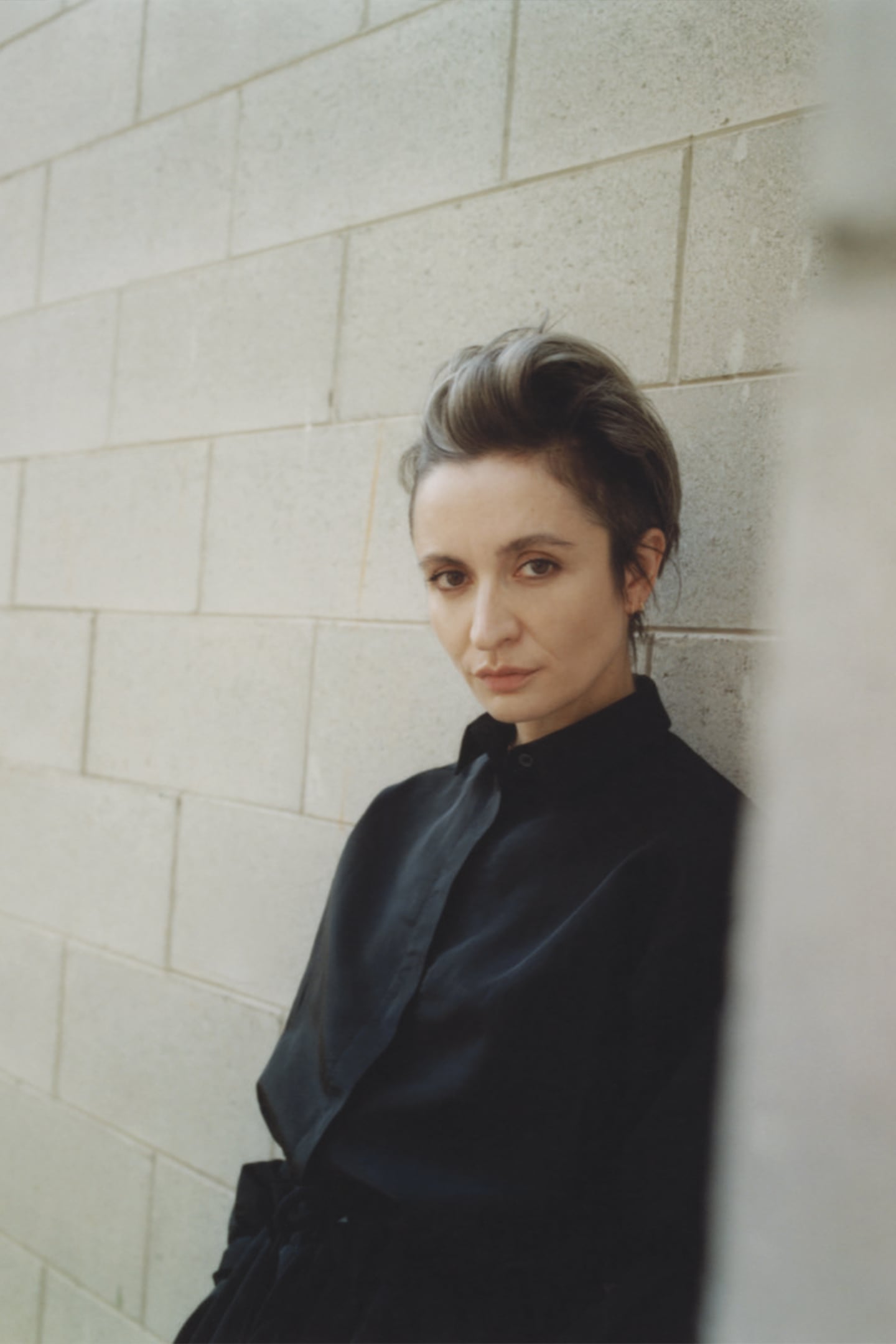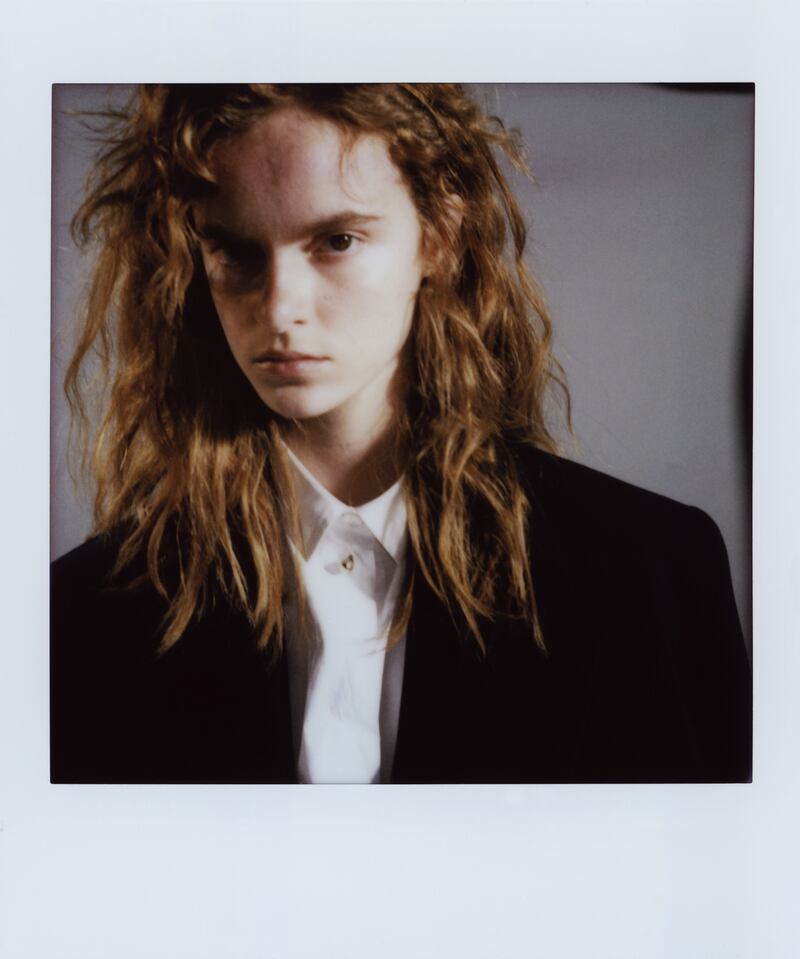
The Business of Fashion
Agenda-setting intelligence, analysis and advice for the global fashion community.

Agenda-setting intelligence, analysis and advice for the global fashion community.

“This project is about the clothes,” says Veronica Leoni, sitting in a photo studio on the outskirts of the city a week before the debut of her own label on Sept. 23rd at Milan Fashion Week.
Leoni has experience at top brands. She cut her teeth at Jil Sander and Phoebe Philo’s Celine, where she was head of pre-collections for four years. She also designs Moncler’s 2 Moncler 1952 line. “But it’s not about me,” she says. “That’s why my name is not on the label even though it is the most personal, direct and free endeavour I have undertaken in my career.”
Quira is the name of the brand, derived from Quirina, Leoni’s seamstress grandmother who instilled in her a love for dressmaking. For the debut, Leoni is opting for a simple presentation featuring clothes on a rack accompanied by a series of images.
In a scene that’s telling of the pragmatic spirit behind Quira, Leoni and stylist Sabino Pantone, a long-time collaborator, are prepping for the photos Camille Vivier would shoot the following day. The room is filled with clothing and accessories. There is faultless tailoring, outerwear, shirts, trousers, dresses, quite a lot of knitwear including some striking raffia pieces, plus the odd gardening apron and towelling turban, along with bags and shoes. “Quira is a real wardrobe: it is not my intention to focus on a single item,” explains Leoni.
ADVERTISEMENT
“I want guests to be able to touch the items, to feel them: texture is a fundamental aspect for me,” she continues. And indeed, the array of fabrics she has employed is extensive: from mulberry silk to mohair to washed cottons.

Leoni aims to offer women — and men (the collection has a smattering of menswear) — carefully crafted tools for personal expression that they can adapt to their own style. “Instinct” is a word she uses a lot, referring to both her approach to design and the way she hopes pieces will be worn by customers.
The seeds of Quira were planted pre-Covid in a discussion with Giambattista Tirelli, chief executive of Olmar & Mirta, one of Italy’s top high-end manufacturers. “The pandemic put things to a halt,” she says, “but at the end of last year we started talking again and thought there was room on the market for this kind of product.”
Indeed, in today’s hype-saturated fashion market, where generic products are often wildly styled in order to make them look interesting in images, there may well be room for a more thoughtful and user-friendly approach targeting customers who once gravitated to Philo’s Celine.
Leoni brings a keen commercial eye to the equation, but don’t expect anything too safe. The designer has a taste for the perfectly imperfect: sudden slashes, falling volumes, multipurposeness. She might belong to the school of minimalism, but her approach is much more than that. Her design roots are clear, but so is her originality. The pieces ooze personality even hanging on a hanger.
Satisfied with her first outing, she says: “Quirina would have loved Quira.”
Related Articles:
From where aspirational customers are spending to Kering’s challenges and Richemont’s fashion revival, BoF’s editor-in-chief shares key takeaways from conversations with industry insiders in London, Milan and Paris.
BoF editor-at-large Tim Blanks and Imran Amed, BoF founder and editor-in-chief, look back at the key moments of fashion month, from Seán McGirr’s debut at Alexander McQueen to Chemena Kamali’s first collection for Chloé.
Anthony Vaccarello staged a surprise show to launch a collection of gorgeously languid men’s tailoring, writes Tim Blanks.
BoF’s editors pick the best shows of the Autumn/Winter 2024 season.